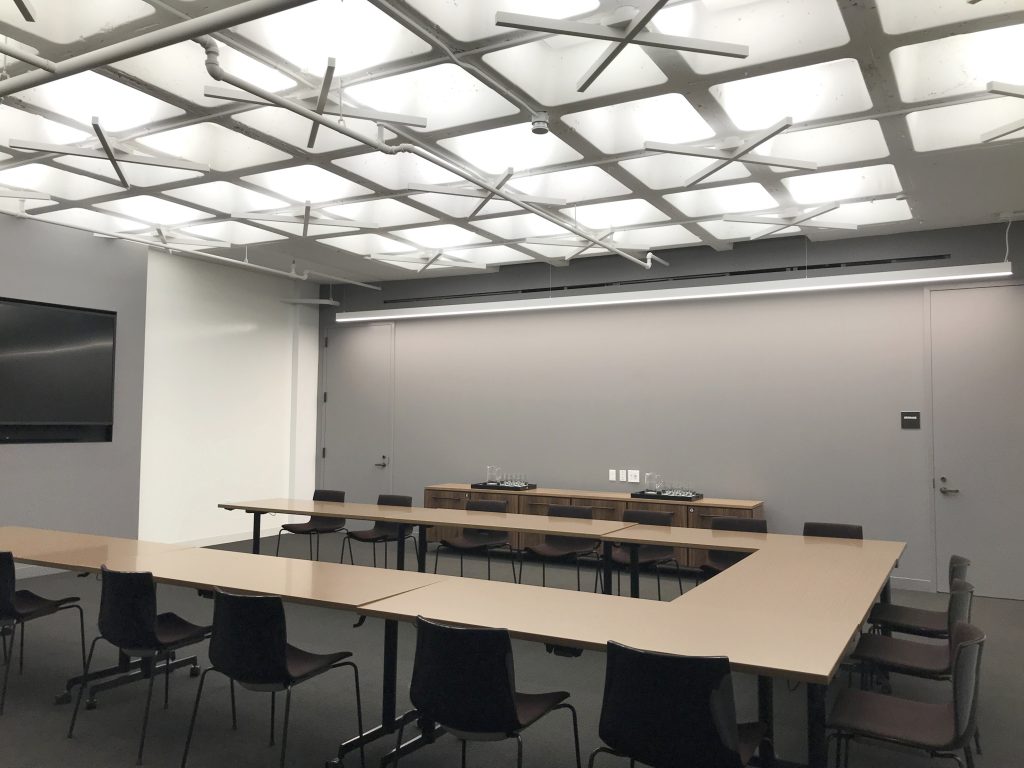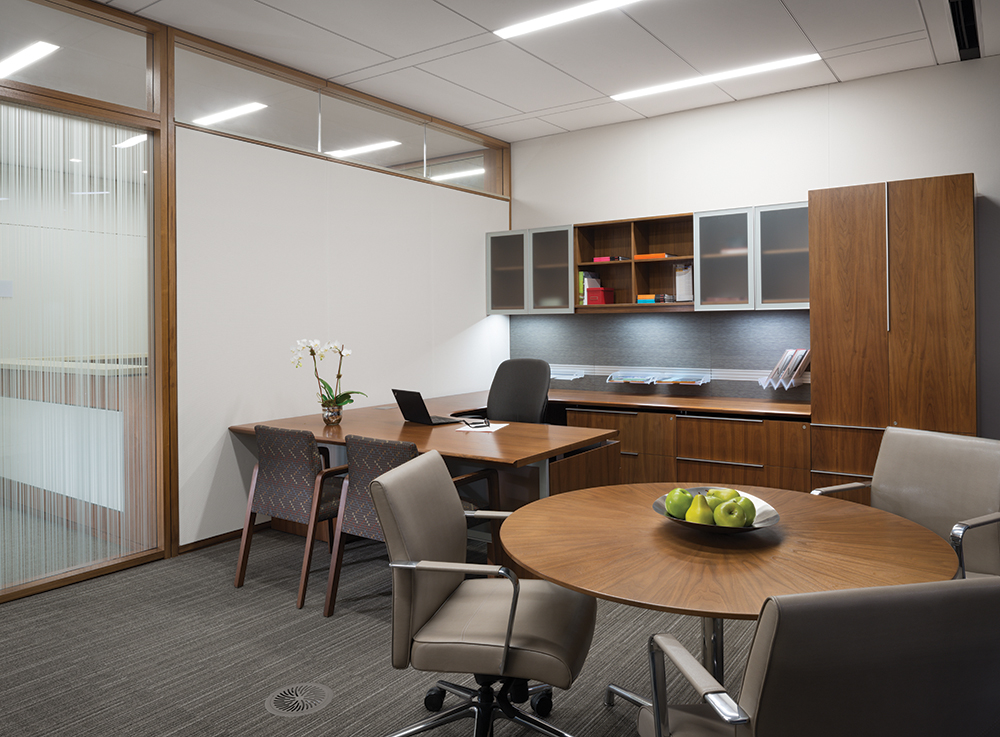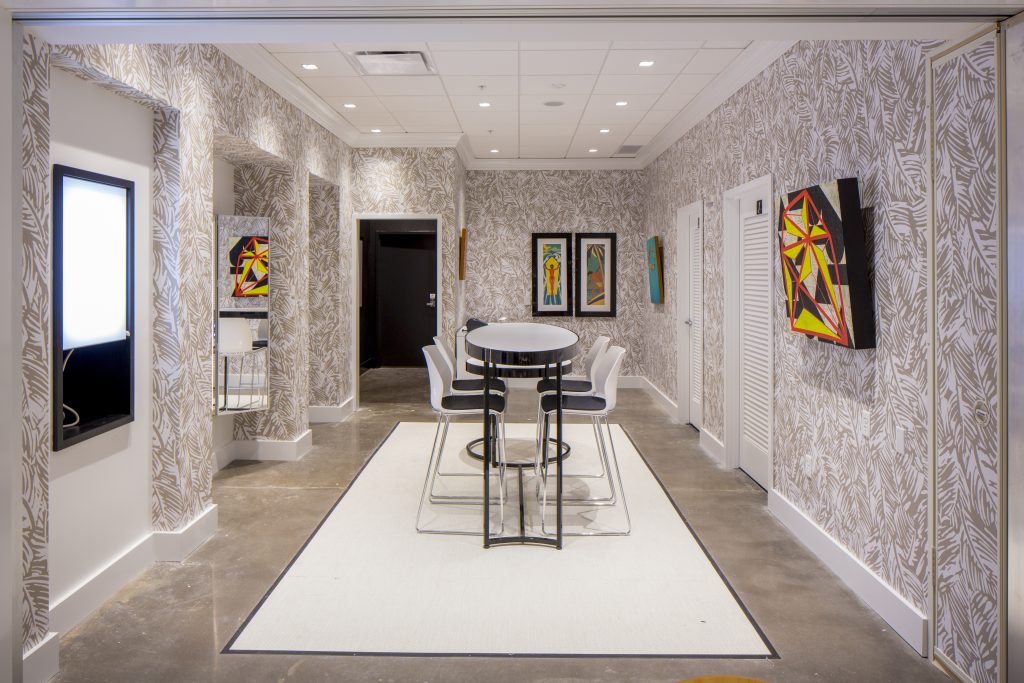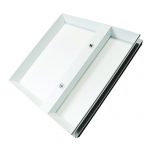Sales Reps: 4 topics architects ask about for your next presentation
Whether you’re hosting a lunch-and-learn for your clients or giving a presentation to prospective customers, we’ve put together resources to help.
The “Goldilocks” zone of lighting that’s “just right” can be a tricky spot to land in when designing a space. Amerlux has been serving the architect community for decades and over the years, architects have consistently posed questions about how to light a room adequately and comfortably.

How much light does a room need?
There’s a lot more to lighting a room than a blanket formula of “X number of downlights for a room of Y dimensions.” Creating the right light for a space is a delicate balance that requires hitting three variables:
- The right amount of light
- Light in the right location
- Light for the right amount of time
Starting with the room’s purpose in mind, an architect can create spaces that are beautiful and fully functional.
Get all the details on designing perfectly illuminated spaces in our blog posts:
 What Is the Right Light? A Primer for Architects
What Is the Right Light? A Primer for Architects

Layering Light: 4 Real-World Examples for Architects

How to avoid over-illuminating a room
It’s easy to fill a space with too much light and it’s a common problem—especially in buildings designed in conformance with older lighting standards or with improper LED upgrades.
Offices that switch from paper-based work to computer-based work typically require less light. Likewise, a building retrofitting existing lights with LEDs often ends up being too bright because LEDs deliver more lumens per watt than conventional light sources they replace.
Over-lighting a room is expensive:
- Extraneous light fixtures increase upfront costs
- Additional lights add to energy loads and maintenance costs
- Too much light in a space makes for an uncomfortable environment and can contribute to health problems like stress and disrupted sleep patterns.
The way to avoid over-lighting a room centers on designing the lighting for the room’s purpose, lighting in layers and leveraging controls. A three-pronged design approach using each of these aspects will deliver a room that’s always perfectly lit.
Get all the details on designing perfectly illuminated spaces in our blog post:
 Over Illumination: 3 Ways Architects Can Avoid It.
Over Illumination: 3 Ways Architects Can Avoid It.

How to avoid glare
“I know it when I see it,” was U.S. Supreme Court Justice Potter Stewart’s famous non-definition of obscenity. It may as well be the definition of glare. Closely related to over-illuminating a space is the topic of glare. Glare is one of those things that is hard to define but we all know it when we see it.
Regardless of how glare is defined, we can all agree it’s typically something to avoid in architecture.
Preventing glare issues requires lighting a space in layers—leveraging task lighting, ambient lighting, and if necessary, accent lighting—so the light can be dialed in to where it’s needed at the intensity it’s needed. Additionally, some lights and windows may require shielding (a la lenses and louvers for fixtures and shades for windows) to avert glare problems.
We break down the steps to creating glare-free buildings in our blog post:
 3 Ways to Avoid Lighting Glare in Your Designs.
3 Ways to Avoid Lighting Glare in Your Designs.

Indirect lighting helps for “Goldilocks” light levels
Indirect lighting is the most comfortable light for our eyes and it’s a great way to elevate a design while avoiding glare and over-illumination problems.
Using only downlights in a room can make for a striking design, but it will ensure there are glare problems. By bouncing the light off the ceiling or a wall, the light becomes softer and gentler, making for a pleasing visual experience. Because indirect light is even, it is a great way to increase a room’s ambient levels, with direct task lights delivering light in key places it’s needed.
Indirect light isn’t just for ambient light though. It can work as accent lighting, highlighting architectural features of a room.
Lighting design firm, Lam Partners, used custom Amerlux indirect light fixtures to illuminate this below ground space. The indirect lighting put the unique waffle slab ceiling in the best light, while also creating an inviting environment. (See the whole case study here).
Learn more about using indirect lighting in our blog post:
 Turning Your Building into an Artistic Masterpiece with Indirect Light.
Turning Your Building into an Artistic Masterpiece with Indirect Light.

